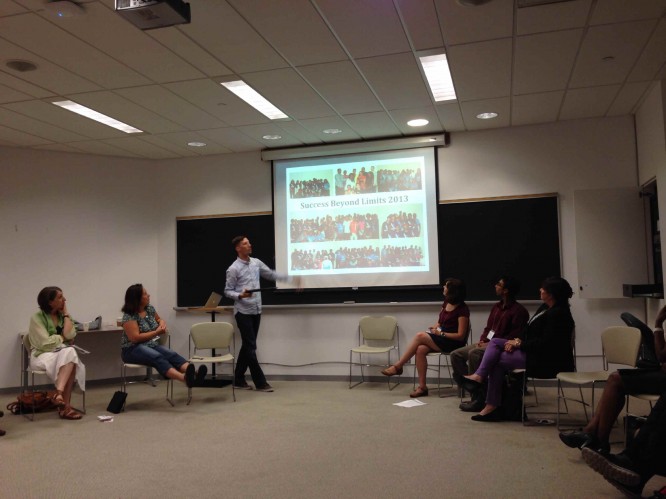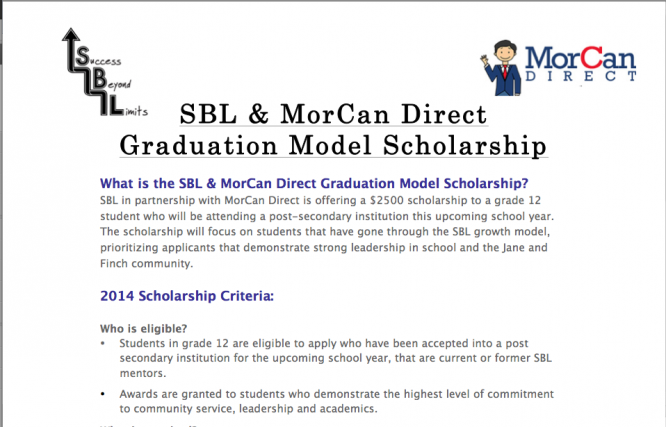Community-University-School Collaboration: Applying What We’ve Learned to a Jane/Finch context


Workshop was held as a panel discussion followed by interactive discussion that leads to generating new ideas for community-university-school collaborations with the Jane-Finch community in mind. The workshop included a presentation of academic literature on effective models of community-university-school collaborations from other jurisdictions. It will be followed by a presentation by Success Beyond Limits and over 7 years of community-university-school collaboration experience aimed at supporting youth educational attainment in Jane Finch. York U-TD Community Engagement Centre provided an overview of its revised mandate, core functional areas and activities. The workshop moved into an interactive discussion intended to generate dialogue and new ideas moving forward with a focus on York/Jane-Finch community partners and local school boards.















